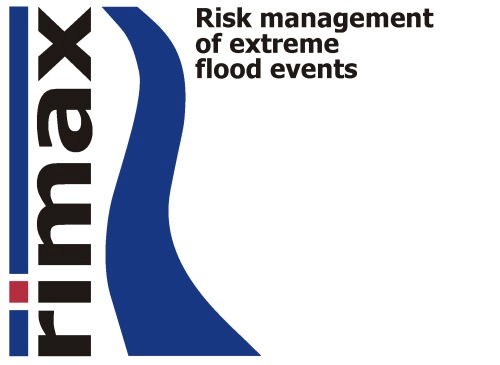
operational discharge and flooding predictions in head catchments

|
OPAQUE - |
Operationelle Abfluss- und Hochwasservorhersage in
Quellgebieten operational discharge and flooding predictions in head catchments |
In this work package investigations are carried out to the new calibration of operational prediction models for the usage of precipitation inputs in high spatial resolution, for the long term prediction of the discharge based on the long term precipitation prediction from package 1 and for the improved representation of the discharge formation processes in small areas.
The main goal is the conversion of operational precipitation-discharge models for the use of precipitation data in high resolution. Operationally these models so far are driven with spatially interpolated point precipitation from ground stations and/or interpolated LM forecasts. The supply of an improved spatial-temporal distribution of the precipitation and the soil moisture information requires a new calibration of the hydrologic models.
LARSIM will be calibrated new both in the old and in the further developed process version on basis of the merged precipitation data from package 2. Afterwards systematically the predictions of the new calibrated model in old and new description of process and precipitation input in high resolution for historical floods will be compared with appropriate predictions of the old model version with old precipitation input. Thus the improvement of the prediction quality as well as the prediction uncertainties is determined systematically for the selected test sites.
The long-term discharge predictions for the upper Danube, the upper Iller and the Weißeritz are provided on the basis of the long-term precipitation prediction from package 1 with NASIM/LARSIM. Also the probabilities, resulting from the grouping of the ensemble forecasts of the ECMWF, are considered. The resulting discharge ensemble predictions are consulted for the optimization of the long-term dam control in package 4.
The improved input data allow also the consideration of small catchment areas with the operational hydrological modeling. So far a certain minimum size of the catchment was necessary in order to regard the heterogeneity in precipitation and in soil moisture averaged over the surface and to define an according middle parameter set. Due to the new initial position can be examined specifically, which deficits exist in the hydrologic modeling of smaller catchments and how these can be more strongly limited. Since a model cannot reproduce all processes in detail, but always represents an abstraction of the reality, such an investigation enables the identification of all relevant processes, which contributes to the flood emergence in headwaters. These have to be converted by an improved process description in the model. An example of it is the computation of the evaporation reduction on basis of the soil body saturation in LARSIM, which takes place thus for all soil types in the same way. In nature the matrix potential affects the reduction of the evaporation. The introduction of a soil body with 2 to 3 layers together with the matrix potential as additional variable would permit the differentiation of the evaporation reduction regarding to the different soils.
Last updated Nov 17 2006. Contact Information